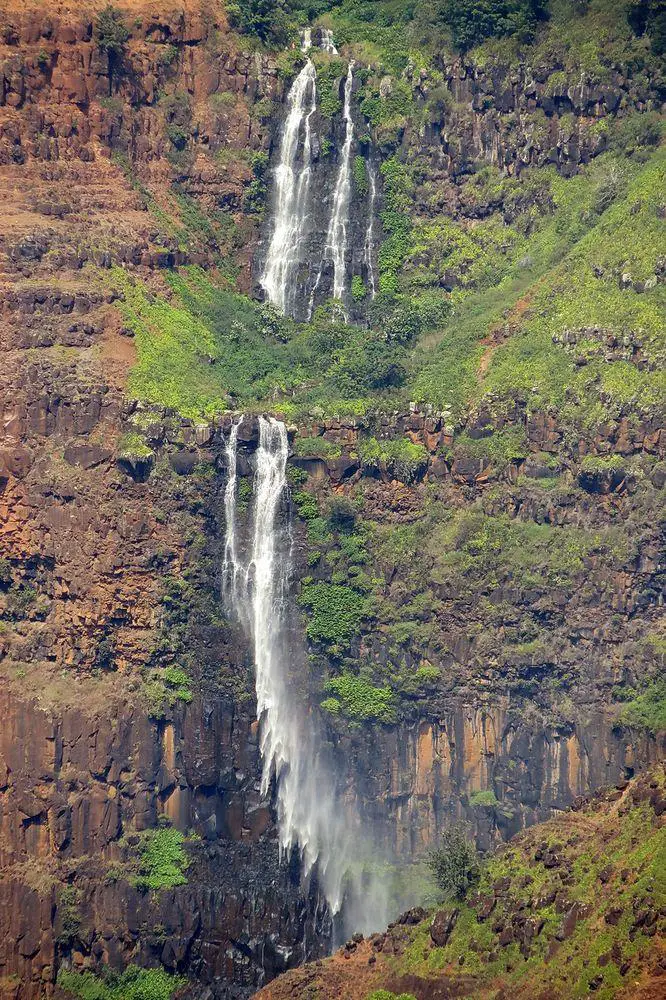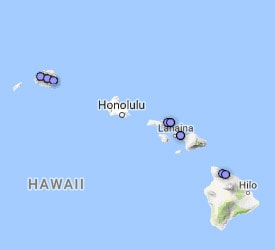World 🢖 Australia and Oceania 🢖 Polynesia 🢖 United States 🢖 Hawaii 🢖 Kaua’i
Waterfalls 🢔 Geological wonders 🢔 Categories of wonders
Wonder
Waipoo Falls
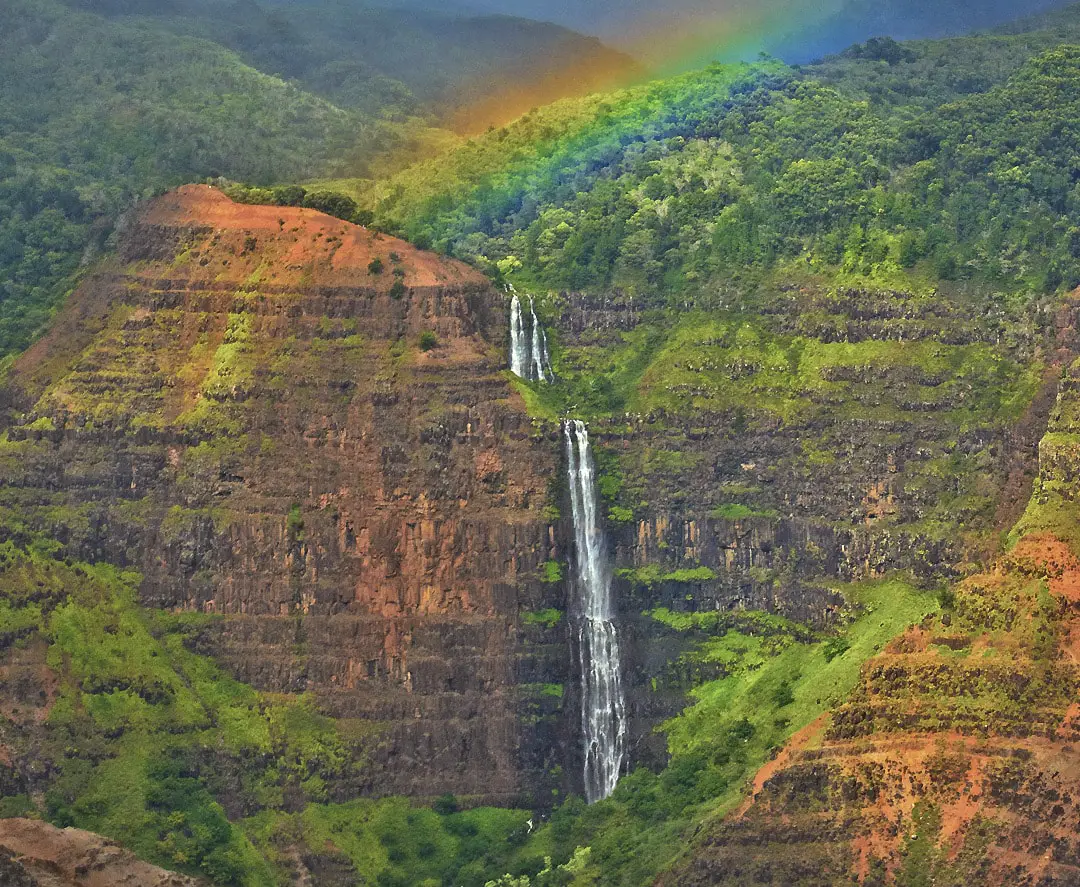
 In short
In short
Hawaii Islands have their own Grand Canyon – Waimea Canyon. Contrary to the real Grand Canyon, Waimea Canyon is adorned with an enormous waterfall – the 244 m tall Waipoo Falls.
 42.8%
42.8%
GPS coordinates
Location, address
Alternate names
Height
Drops
Highest drop
Stream
Map of the site
If you see this after your page is loaded completely, leafletJS files are missing.
 In detail
In detail
Waimea Canyon
Geological history of the western part of Kaua’i Island is very complex, but in short – the island has been shaped by massive volcanic eruptions since more than 5 million years ago. The central part of Kaua’i now receives lots of rain – it is one of the wettest places in the world. All this amount of water flows and the streams throughout the millions of years have shaped great canyons in the hard basalt.
The most impressive is Waimea Canyon to the west from Mount Wai’ale’ale. Mark Twain once nicknamed it the Grand Canyon of the Pacific. This canyon is some 16 km long and up to 900 m deep and has a characteristic orange-brown color of weathered basalt.
Waterfall
In many places Waimea Canyon is well accessible to tourists. From Highway 550, which goes along the western rim of the canyon, opens a grand view over the canyon and its prime landmark – Waipoo Falls. This is a beneficial difference from many other great waterfalls in Hawaii, which are very hard to access and see.
Most of the great waterfalls in Hawaii are surrounded by eternally green rainforest and mist. Waipoo Falls though are different: Waimea Canyon has comparatively dry climate with lucid air and the orange-brown rock contrasts with the lush green forest and white strip of falling water.
Amount of water in the falls is changing throughout the year and sometimes it is even dry.
Waterfall has got two main drops: the upper one is smaller, in between is steep, some 100 m long run and then follows the main, 183 m tall drop. Sometimes the wind blows the lower falls sideways.
References
- Waipoo Falls. World Waterfall Database. Accessed on September 5, 2016
Waipoo Falls are included in the following article:
 Linked articles
Linked articles
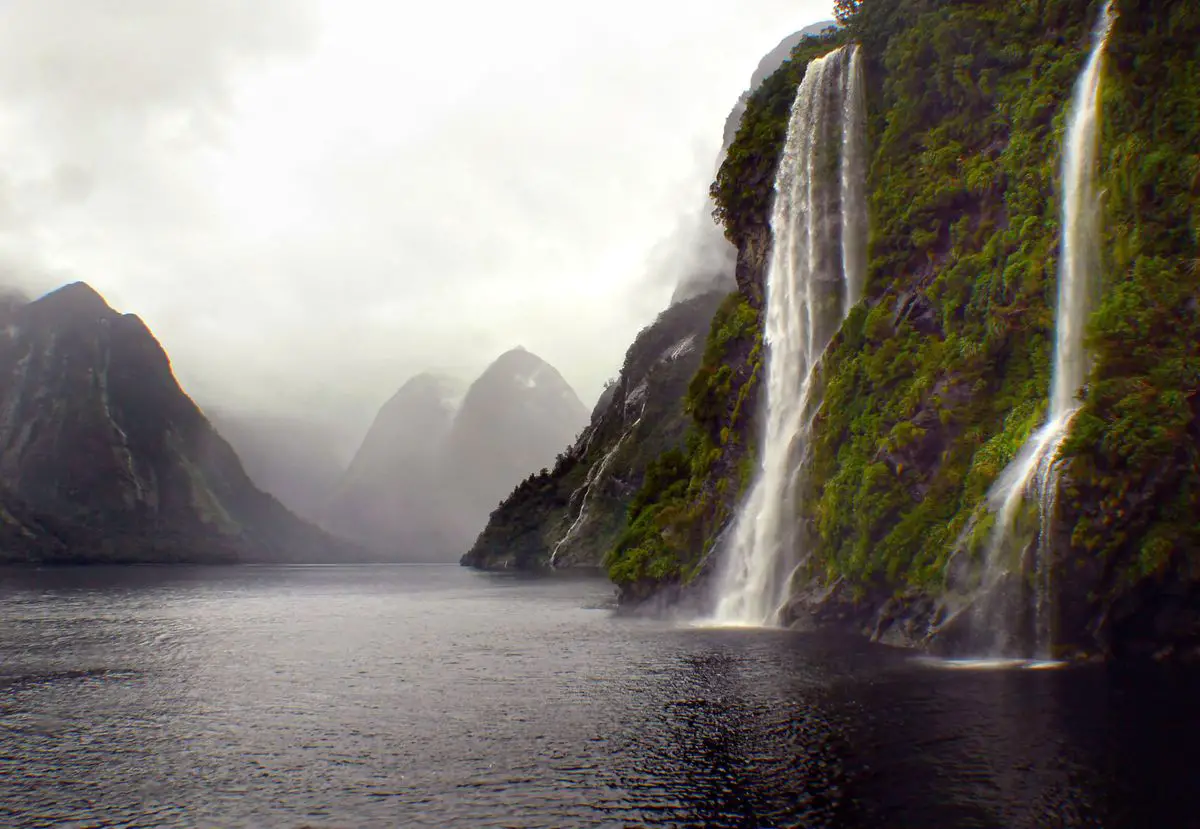
Wonders of Polynesia
Although the landmass of Polynesia is small, the charm and special beauty of this region are some of the most impressive on our planet. These islands are endowed with lush and beautiful nature, with warm oceans and friendly people representing a distinct culture. Polynesia is very rich in both natural and cultural landmarks and many of them are unique.
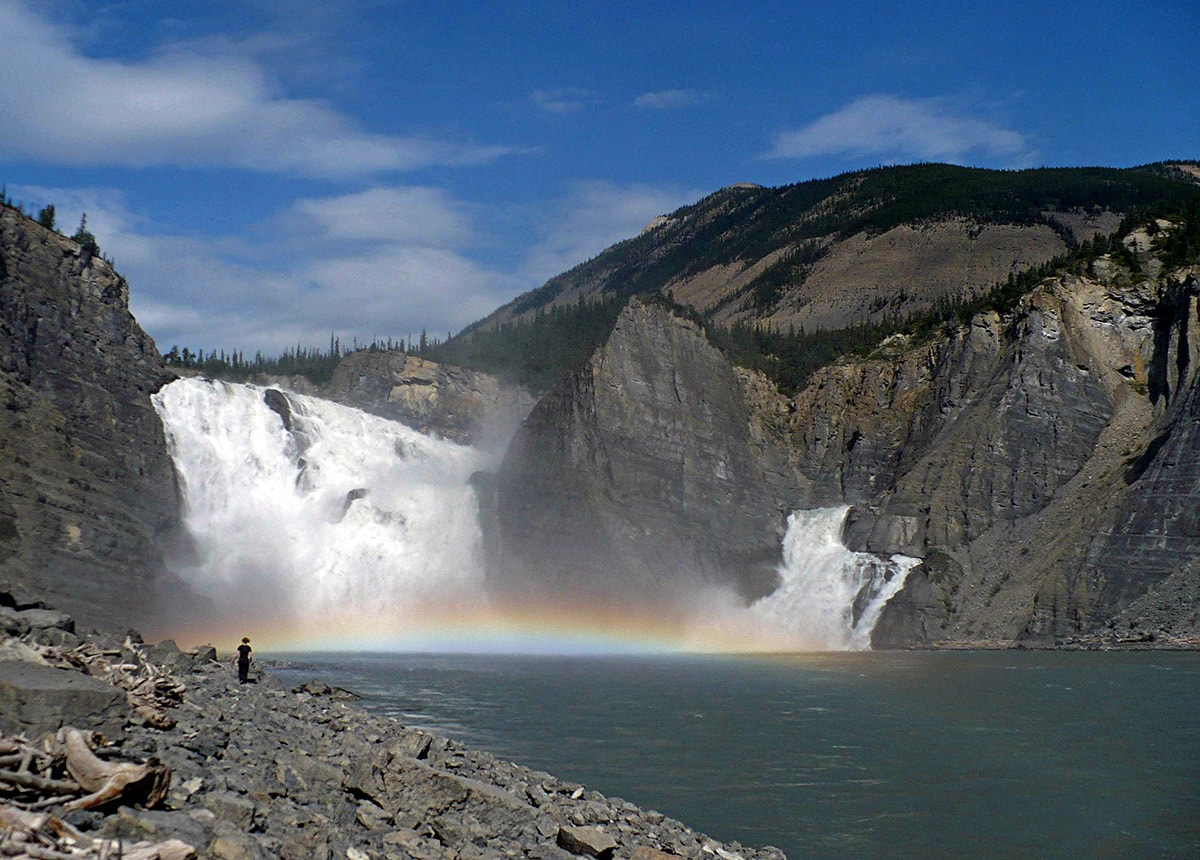
Waterfalls
Some of the most fascinating and awe-inspiring natural monuments are waterfalls or locations where a river abruptly changes its elevation.

Wonders of Hawaii
The Hawaiian Islands belong to the most remote islands in the world. Hawaii is characterized by a tropical climate, mountainous relief, volcanism, and isolation. If compared to most islands in the Pacific, several Hawaiian Islands have comparatively large landmasses. All these factors have led to the development of numerous impressive and unique natural attractions and some impressive monuments of culture.
 Recommended books
Recommended books
Ancient Sites of Maui, Molokai and Lanai
This informative and easy-to-follow guidebook makes the ancient sites of Maui, Molokai, and Lanai available to the general public for the first time. Grouping the sites by location, the book characterizes the cultural background of five main types of sites: heiau (temples), pohaku (sacred stones), petroglyphs, caves, and fishponds.

